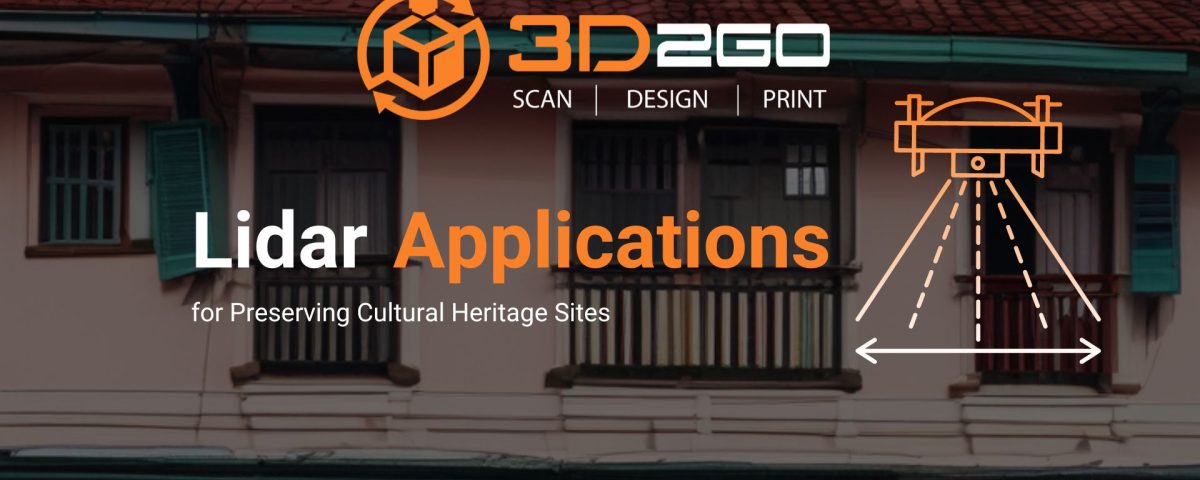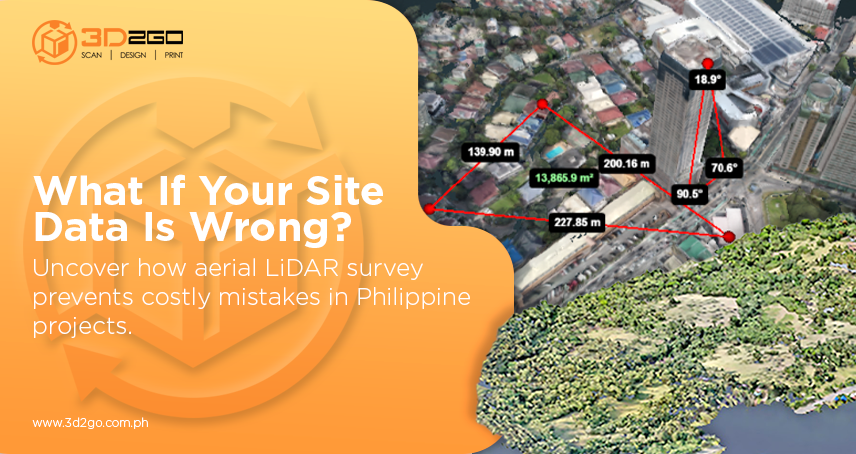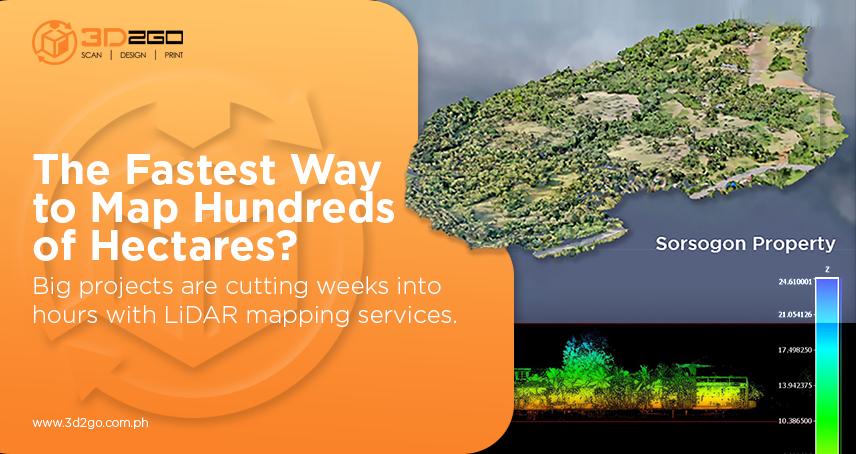
Preserving Our Cultural Heritage: The Role of 3D Printing in Statue Conservation in the Philippines
June 7, 2024
Building Big: 3D Printing Construction Makes Headway in 2024
June 26, 2024Cultural heritage sites are like whispers from the past:
Lidar applications offers invaluable insights into the lives and achievements of those who came before us. However, time, nature’s relentless forces, and human actions all pose threats to their preservation. Thankfully, advancements in technology offer powerful tools to combat these threats, with LiDAR (Light Detection and Ranging) emerging as a game-changer in the field of cultural heritage preservation.
Lidar applications function
By emitting rapid pulses of laser light and measuring the time it takes for the signal to bounce back. This data is then used to create incredibly detailed 3D models of the scanned environment. Unlike traditional surveying methods, lidar can penetrate through dense vegetation, a crucial advantage when dealing with overgrown archaeological sites or hidden structures within forests.
In the Philippines, lidar applications have played a pivotal role in safeguarding the country’s rich cultural tapestry.
Take, for instance, the famed Banaue Rice Terraces, a UNESCO World Heritage Site carved by the Ifugao people centuries ago. These breathtaking terraces, nestled amidst the verdant mountains, were once shrouded in mystery due to the challenging terrain. Traditional surveying methods proved inadequate, but lidar applications provided a breakthrough. High-resolution 3D models generated through lidar surveys meticulously captured the intricate details of the terraces, allowing for a comprehensive understanding of their construction techniques and overall layout. This information is vital for effective conservation efforts, ensuring the continued existence of this remarkable feat of human ingenuity.
Lidar applications extend beyond mere documentation.
The precise 3D models generated by lidar surveys can be used to analyze potential threats to cultural heritage sites. For example, lidar data can be employed to identify areas susceptible to erosion or landslides, enabling preventative measures to be implemented before damage occurs. In the case of historical structures, lidar applications can reveal structural weaknesses or hidden cracks, allowing for timely repairs and preventing catastrophic collapses. The Angkor Wat temple complex in Cambodia serves as a prime example. Lidar surveys uncovered previously unknown architectural features beneath dense vegetation, while also highlighting areas requiring urgent structural reinforcement.






